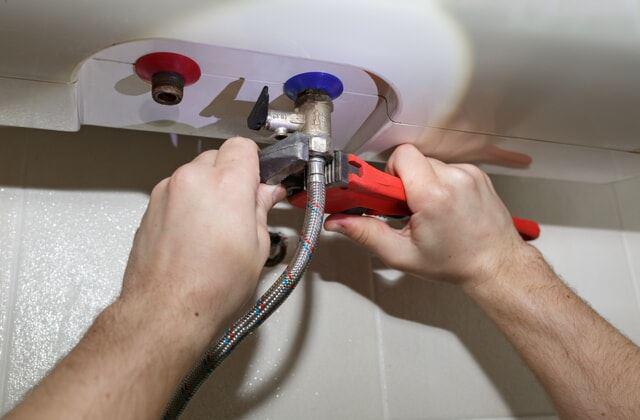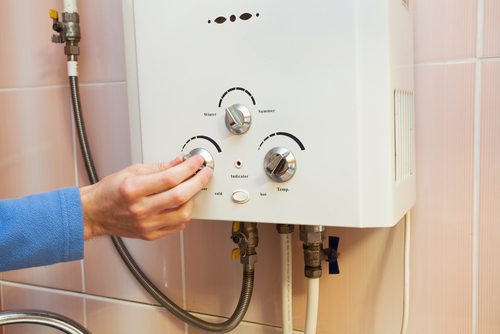Straightforward Methods to Maintain Your Home's Hot Water System Properly
Recurring Service PlansThe writer is making several great pointers on Tips on Maintaining a Water Heater in general in the content followed below.

Hot water is important for everyday comfort, whether it's for a rejuvenating shower or cleaning meals. To guarantee your warm water system runs effectively and lasts much longer, normal upkeep is vital. This write-up gives sensible pointers and understandings on exactly how to preserve your home's warm water system to prevent interruptions and expensive repair services.
Intro
Preserving your home's hot water system may seem challenging, but with a few simple steps, you can guarantee it runs efficiently for many years to come. This guide covers everything from understanding your warm water system to do it yourself upkeep suggestions and understanding when to hire professional help.
Relevance of Preserving Your Hot Water System
Regular maintenance not just prolongs the life expectancy of your hot water system but additionally ensures it runs effectively. Neglecting upkeep can result in decreased performance, higher power expenses, and even early failure of the system.
Indicators Your Hot Water System Requirements Upkeep
Understanding when your warm water system needs focus can protect against major concerns. Watch out for indicators such as inconsistent water temperature level, unusual sounds from the heating unit, or corroded water.
Flushing the Hot Water Heater
Flushing your hot water heater eliminates debris buildup, boosting efficiency and extending its life.
Checking and Changing Anode Rods
Anode poles avoid rust inside the tank. Checking and changing them when worn out is important.
Complicated Concerns Requiring Specialist Help
Instances consist of major leakages, electric issues, or if your hot water heater is consistently underperforming.
Regular Specialist Maintenance Perks
Professional maintenance can consist of thorough inspections, tune-ups, and making sure conformity with safety and security standards.
Checking and Readjusting Temperature Level Settings
Changing the temperature level settings guarantees ideal efficiency and safety.
DIY Tips for Upkeep
You can carry out numerous maintenance tasks on your own to keep your hot water system in leading problem.
Checking for Leaks
Frequently evaluate pipelines and connections for leaks, as these can result in water damages and higher costs.
Understanding Your Hot Water System
Prior to diving right into maintenance tasks, it's handy to understand the fundamental parts of your hot water system. Usually, this consists of the water heater itself, pipes, anode poles, and temperature level controls.
Monthly Maintenance Tasks
Routine month-to-month checks can aid capture minor problems prior to they rise.
Testing Pressure Alleviation Valves
Examining the pressure relief valve ensures it works appropriately and prevents excessive stress build-up.
Shielding Pipes
Insulating hot water pipelines lowers warmth loss and can save energy.
When to Call an Expert
While DIY upkeep is valuable, some concerns call for specialist know-how.
Final thought
Routine maintenance of your home's hot water system is important for efficiency, longevity, and price financial savings. By adhering to these ideas and understanding when to seek professional help, you can make certain a trusted supply of warm water without unanticipated disruptions.
How to Maintain an Instant Hot Water Heater
Before tinkering with your hot water heater, make sure that it’s not powered on. You also have to turn off the main circuit breaker and shut off the main gas line to prevent accidents. Also turn off the water valves connected to your unit to prevent water from flowing into and out of the appliance. 2. When you’re done, you have to detach the purge valves’ caps. These look like the letter “T†and are situated on either side of the water valves. Doing so will release any pressure that has accumulated inside the valves while at the same time avoid hot water from shooting out and burning your skin. 3. When the purge valves’ caps are removed, you have to connect your hosing lines to the valves. Your unit should have come with three hoses but if it didn’t, you can purchase these things from any hardware or home repair shops. You can also get them from retail stores that sell water heating systems. Read the user’s manual and follow it to complete this task properly. When the hosing lines are connected, open the purge port’s valves. 4. You should never use harsh chemical cleaners or solutions when cleaning your unit. Make use of white vinegar instead. It should be undiluted and you’ll probably use about 2 gallons. 5. Now flush your water heater. This task should probably take about 40 minutes. We can’t give you specific directions for this because the procedure is carried out depending on the type, model and brand of your heater. With that being said, refer to the user’s manual. 6. When you’re done draining the unit, you have to turn off the purge port valves again. Remove the hosing lines that you earlier installed on each of the water valves. Put the valve caps (purge port) back in their respective places and be very careful so as not to damage the rubber discs that are found inside these caps. 7. Now that everything’s back in place, check your user’s manual again to find out how to reactivate your water heating system. 8. Once it is working, turn one of your hot water faucets on just to let air pass through the heater’s water supply pipes. Leave the tap on until water flows smoothly out of it. https://www.orrplumbing.com/blog/2014/september/how-to-maintain-an-instant-hot-water-heater/

I was introduced to that article about Tips on Maintaining a Water Heater through someone on another site. Loved our review? Please quickly share it. Let other people discover it. I appreciate your readership.
Details